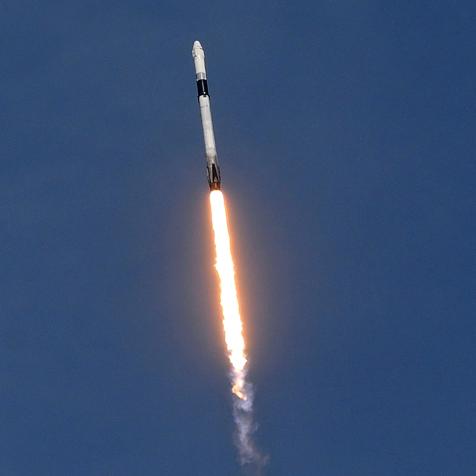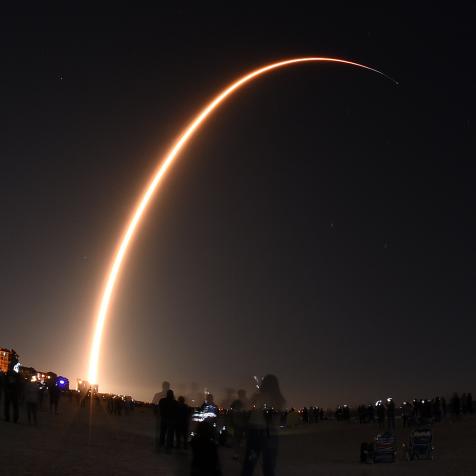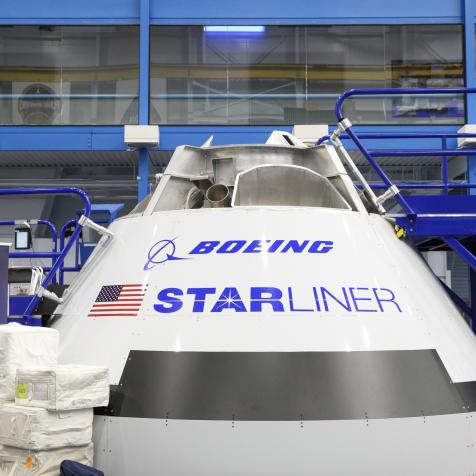
Pravit Kimtong
India’s Space Agency is Going Big… By Going Small

Astrophysicist Paul M. Sutter shares the latest in the world of rocket launches and what India’s SSLV is all about.
What a world we live in. Rocket launches into space are so routine nowadays that they’re…routine. Rockets go off every month now from platforms around the world, from Cape Canaveral to the Baikonur Cosmodrome, sending satellites, people, and deep-range spacecraft everywhere from low Earth orbit to the edges of the solar system – and beyond. Blast off after blast off, we are slowly and surely becoming an interplanetary species.
But it’s still expensive. I know it’s a hard concept to accept, but the standard approach for decades has been to ditch used rockets in random parts of the Earth’s oceans, letting millions of dollars’ worth of the most complicated engines ever made to simply sink to a watery grave. However, with recent advances in reusable rockets, access to space is getting cheaper by the day. But the current cheapest rocket, SpaceX’s Falcon 9 booster, still costs well north of $50 million to break these gravitational chains of ours.

Nimit Nigam
Milkyway at Pangong Lake, Ladakh, India.
Enter the Indian Space Research Organization, or ISRO. Not content to outsource their commercial activities to some random rocket company, they’ve developed their own in-house solutions for all your payload-launching needs. And their latest offering, the Small Satellite Launch Vehicle, does exactly what the name suggests. It’s a vehicle that launches small satellites into space and cheaply.
While the SSLV (sorry, it doesn’t have a snazzier name than that) isn’t reusable, meaning it’s still of the old-school one-and-done variety, it’s designed to launch satellites using as simple, reliable, and hopefully mass-produced parts as possible. If you’re going to ditch your rocket at the end of the ride, why splurge on the fancy trim levels?
The SSLV will hopefully enter service in early 2020 and is capable of lifting 500 kg in low Earth orbit, which is 500 kilometers up, or the nearest edge of what you can reasonably count as “actually being in space and having no immediate plans for coming back to Earth”.
The SSLV is extreme in its simplicity. It should cost only a little more than 4 million bucks to slap one together and can go from parts on the assembly room floor to liftoff in about a week. Unlike most launches, which require entire bureaucracies to monitor and support, the SSLV launch complex in Sriharikota will be staffed by half a dozen folks.
500 kg isn’t a lot of stuff, especially when it comes to high-powered satellites. But there’s definitely a niche here—as we get smarter and craftier with our spacecraft designs, we’re coming up with all sorts of uses for satellites on the slimmer side, including globe-spanning internet relays and spy orbiters.
I’m not kidding about the spacecraft spycraft. The first SSLV is dedicated to a top-secret mission with the Indian Armed Forces, and the second launch is already booked up by Spaceflight Industries, who will be sending up four of their “BlackSky” intelligence platforms.
And after that? Well, the sky certainly isn’t the limit anymore.



















